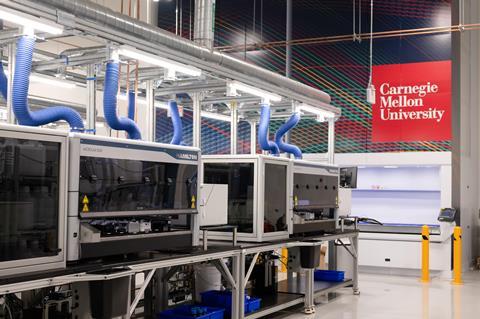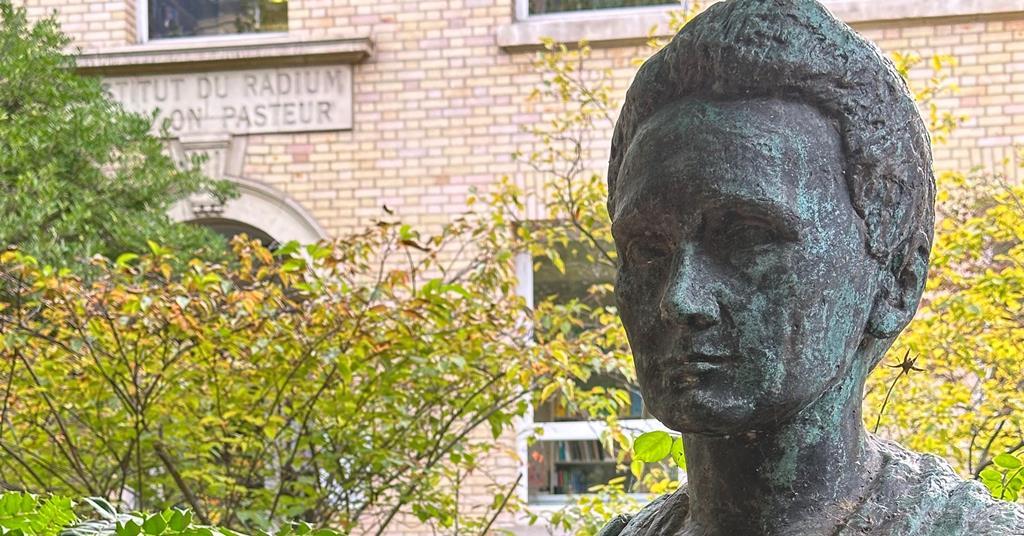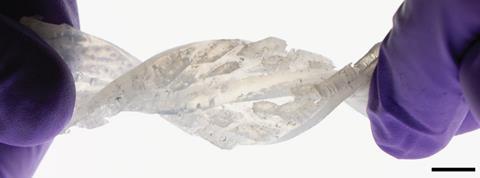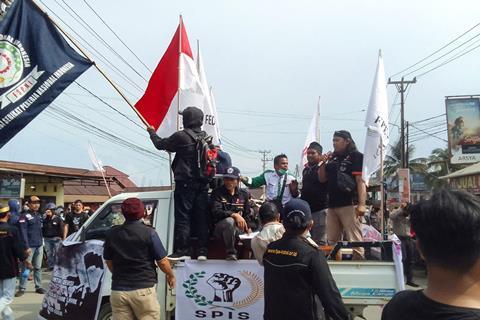When a team led by Stanford University’s Richard Zare announced in 2019 that sprays of microscopic water droplets spontaneously produce hydrogen peroxide it attracted both excitement and scepticism. These days Zare is doubling down, arguing that many applications for catalysis – including nitrogen fixing, converting methane to methanol and transforming carbon dioxide into valuable chemicals […]
Read More








